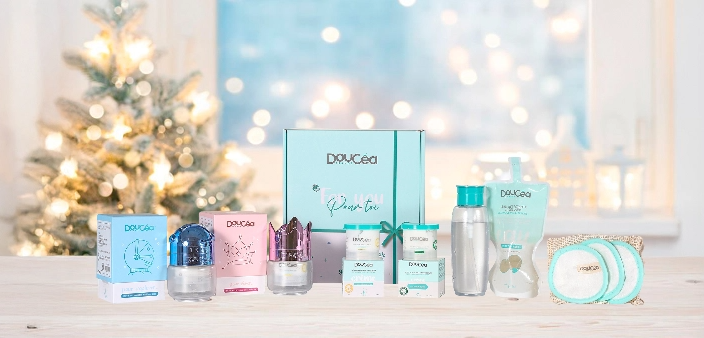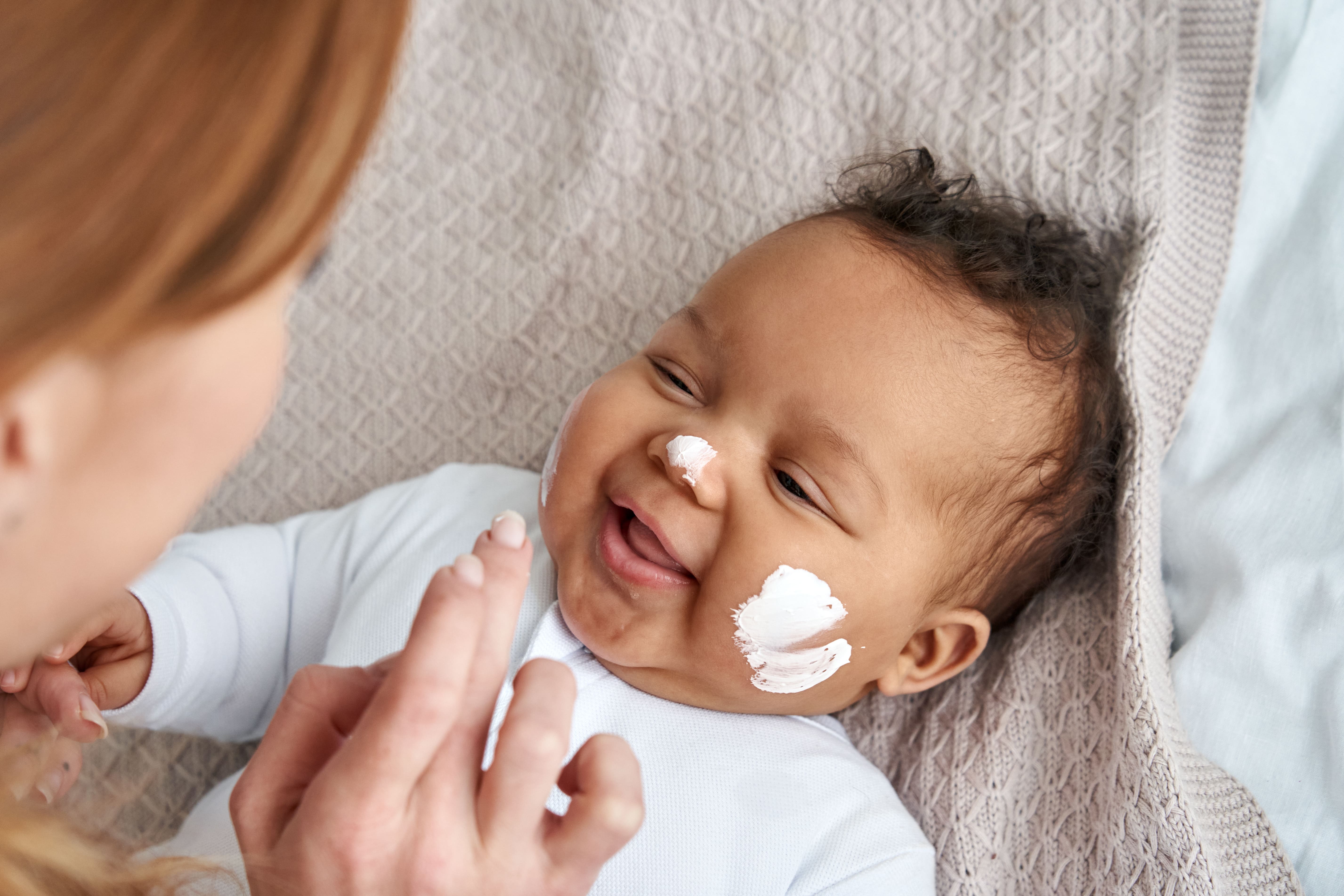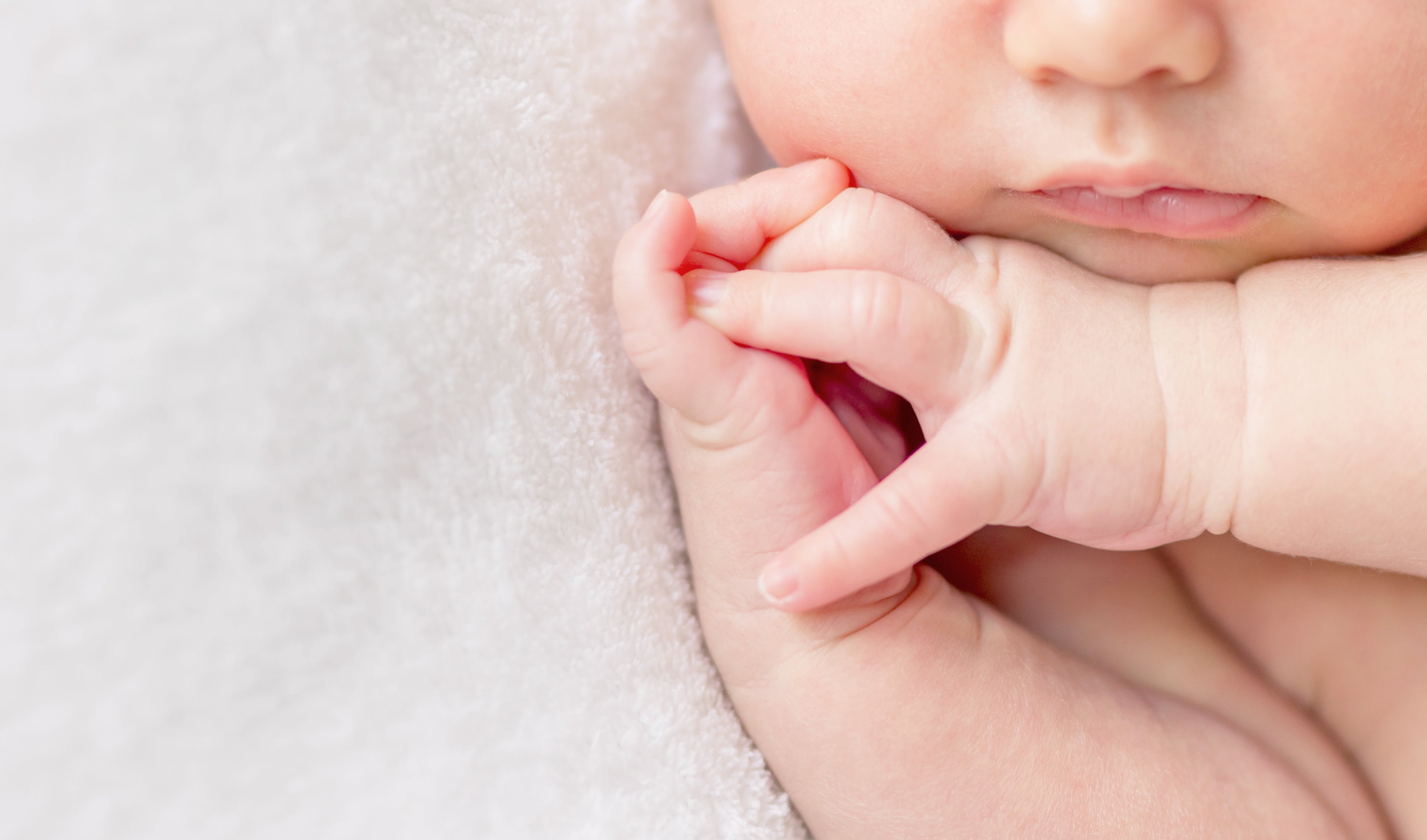If you're wondering about the usefulness of liniment, you've come to the right place. Oleo-calcareous liniment is a versatile product that has gained popularity in recent years, particularly in children's skin care.
Mainly used to clean and protect babies' skin, oleocalcareous liniment is a natural and gentle solution offering numerous benefits for the health and well-being of your little ones' skin.
This traditional product, made from olive oil and lime water, is particularly recommended for baby diaper rash, but its uses don't stop there. It can be used as a makeup remover, moisturizer, and even to relieve various skin irritations.
In this article, we will explore in detail what oleocalcareous liniment is, its benefits for children's skin, and the best ways to use it.
What is oleocalcareous liniment?
Definition and composition
Oleo-calcareous liniment is a traditional skin care product, known for its simplicity and naturalness . It is composed mainly of two ingredients: lime water and olive oil, generally in equal proportions (50% of each).
Limewater is an aqueous solution of calcium hydroxide (Ca(OH)₂), obtained by dissolving calcium in water.
This emulsion combines the softening and protective properties of olive oil with the neutralizing properties of lime water. Olive oil, rich in omega-3 and omega-6, nourishes and moisturizes the skin, while lime water, thanks to its alkaline pH, neutralizes the acidity of urine and stool,thus preventing skin irritation and redness on babies' skin.
Some formulations may also include other ingredients such as beeswax, vegetable glycerin or essential oils to enhance the soothing and protective properties of the product.
History and origins
The origins of liniment date back to antiquity, but its formula was popularized by doctors and apothecaries in the 17th century. Initially used for various skin applications, such as treating burns or moisturizing dry skin in the elderly, it has more recently been adopted for baby skin care.
The use of oleocalcareous liniment has developed in European countries, particularly in France, where it quickly became a benchmark care product for babies, due to its protective and soothing properties for fragile skin.
Benefits of liniment for children's skin
Gentle no-rinse cleanser
One of the main benefits of oleocalcareous liniment is its ability to cleanse children's skin without rinsing. This characteristic makes it particularly useful during diaper changes, especially in situations where access to water is limited. The liniment's oily texture easily removes stool and urine residue, ensuring effective and rapid cleansing.
Protection against irritation
Oleo-calcareous liniment provides exceptional protection against skin irritations, particularly in babies' bottoms. Lime water neutralizes the acidity of urine and stools, thus preventing redness and diaper rash. In addition, the protective film formed by the liniment insulates the skin from friction and moisture, significantly reducing the risk of irritation and skin damage.
Hydration and soothing
Oleo-calcareous liniment is also an excellent moisturizer and soother for children's skin. Olive oil, rich in essential fatty acids and vitamins E and F, nourishes and moisturizes the skin, making it more supple and resilient. This deep hydration helps strengthen the natural skin barrier, soothing existing redness and irritation.
Additionally, the anti-inflammatory properties of olive oil help soothe damaged skin, providing immediate comfort to babies.
Tips for using liniment
Daily use
Daily use of oleocalcareous liniment is simple and easily integrated into a baby's care routine. This product can be used at every diaper change, especially when only urine soils the baby's bottom.
In this case, the liniment plays the role of both cleanser and protector, thus avoiding skin irritations.
When stools are present, it is recommended to perform an initial cleansing with water or cleansing water before applying the liniment. This preliminary step helps prevent irritation and keeps the skin clean and dry.
Apply the liniment correctly
To properly apply the oleocalcareous liniment, start by shaking the bottle well to homogenize the mixture, as the product separates into two phases when left to rest. Then pour a small amount of liniment onto a cotton pad, tissue, or washable wipe, and clean the baby's bottom from the pubis to the buttocks to prevent urinary tract infections.
It's important not to rub the skin, but rather to pat gently to avoid irritation. Once the skin is clean, you can apply a thin layer of liniment to form a protective film that will protect the skin from further contamination.
Special precautions
It is essential to take certain precautions when using oleocalcareous liniment. Avoid applying the liniment to skin redness or infections, and in these cases, opt for a specific restorative diaper cream.
Before you start using the liniment, perform a patch test on the skin in the crease of your baby's elbow to check for an allergic reaction. Also, make sure the liniment contains only natural and essential ingredients, such as lime water and olive oil, to maximize the benefits and minimize the risk of adverse reactions.
Alternatives... some parents are looking for alternatives to classic oleocalcareous liniment, particularly because they want to avoid using lime water, which is very alkaline and can, in the long run, unbalance the natural pH of baby's skin.
what early childhood professionals advise... equi Cleansing Waters hydrate and soothe
DOUCEA, treating and protective water is a very good alternative.
Formulated for sensitive skin, this water gently cleanses while providing a moisturizing and soothing action. Thanks to its PRE- AND PRO-BIOTIC ingredients with skin microbiome rebalancing properties, it eliminates impurities without drying the skin and forms a protective film.
Chamomile and Cornflower floral water helps to calm feelings of overheating while protecting the skin barrier.
-
Soothes irritation and redness thanks to the action of Chamomile and Cornflower.
-
Strengthens the skin barrier thanks to its probiotic (lactobacillus) and prebiotic active ingredients.
-
Keeps skin hydrated and comfortable, without feeling tight.
Benefits:
-
Gentle and effective cleansing , without harming the skin.
-
Immediate relief from feelings of dryness and tightness.
-
Free from controversial ingredients: ideal for daily use.
-
Suitable for skin prone to redness.
Ingredients :
-
Inulin + Alpha-Glucan Oligosaccharide (2 Prebiotics) : Strengthens the skin microbiome, balancing the skin's natural defenses.
-
Lactobacillus Ferment : Probiotic that supports the balance of skin flora, while preventing imbalances that can lead to irritation.
-
Chamomile Floral Water : Soothing and anti-inflammatory, it calms irritations and reduces redness.
-
Cornflower Floral Water : Known for its anti-inflammatory and soothing properties, it helps to soothe sensitive skin.
-
Xylitylglucoside and Xylitol : Complex of hydrating sugars that promotes water retention in the skin, ensuring long-lasting hydration.
-
Light and soothing fragrance , allergen-free, for maximum comfort.
Conclusion
In summary, oleocalcareous liniment is a natural and effective care product, ideal for cleaning andprotecting babies' skin . Composed of lime water and olive oil, it offers a triple action: gentle cleansing, protection against irritation, and hydration of the skin.
It is easy to use, requires no rinsing, and forms a protective barrier against moisture and skin irritants.
By choosing an organic liniment and following the instructions for use, you ensure healthy and protected skin for your baby. Feel free to incorporate this product into your daily skincare routine or prepare it yourself with simple, natural ingredients. With oleocalcareous liniment, you're giving your child the best care for soft, healthy skin.
FAQ
















